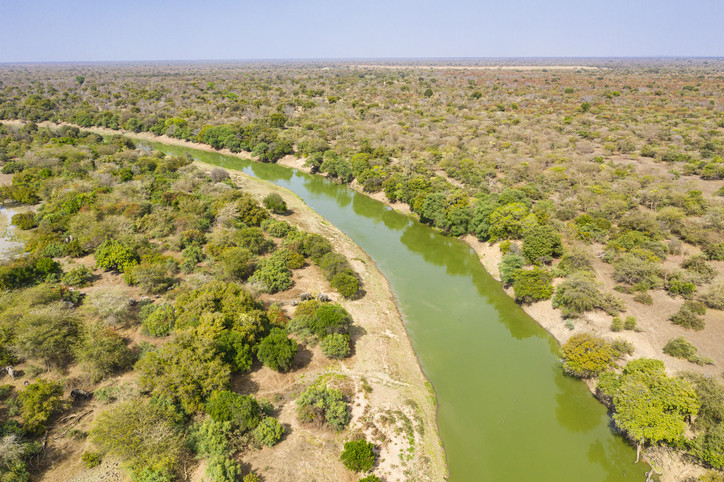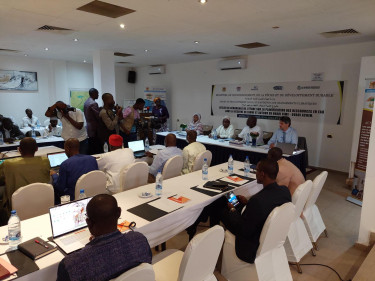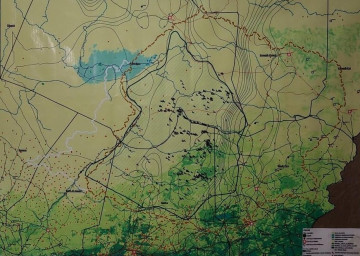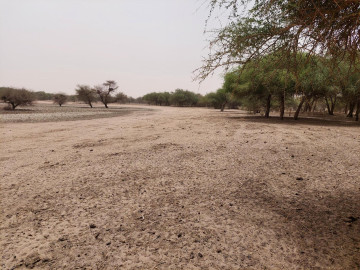
Local Development and Adaptation to Climate Change in Chad
- International
- Projects
- Local Development and Adaptation to Climate Change in Chad
Integrated Water Resource Management Plan by Antea Group
The Ouadi Rime Ouadi Achim (OROA) wildlife reserve is not only the largest protected area in Chad, but also one of the largest in Africa, covering 80,000 km2. This region is known for grazing, wood gathering, and agricultural activities, and is globally significant for its diverse birdlife and mammals. However, the area faces various challenges such as natural resource management, climate shocks, and access to poor-quality water and sanitation.



